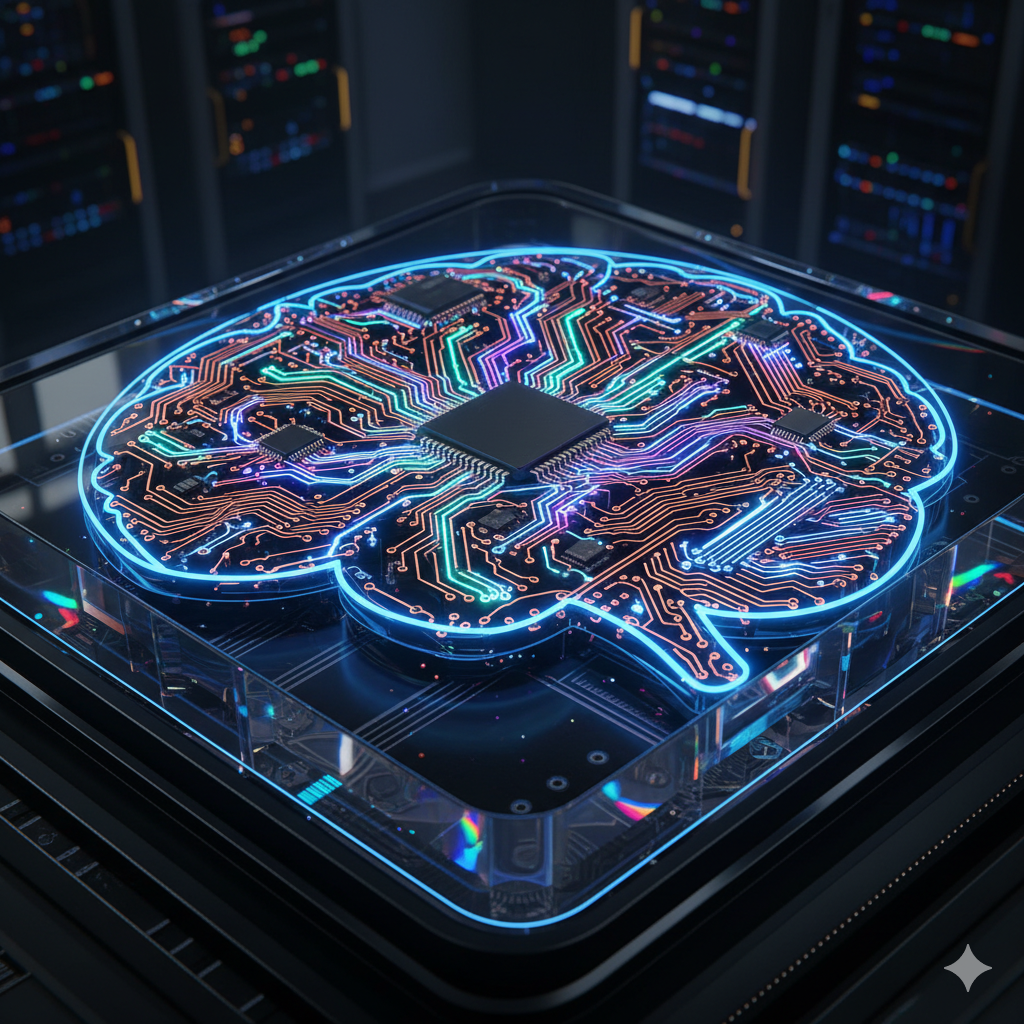How Subscriptions, AI Data, and Extreme Cost-Cutting Saved? the Brand

How Subscriptions, AI Data, and Extreme Cost-Cutting Saved? the Brand

Executive Summary: The GoPro Reinvention
GoPro, Inc. (NASDAQ: GPRO) is undergoing a critical reinvention. The company is shifting from a hardware-centric model to a leaner organization. This new focus is on a high-margin, subscription-based ecosystem.
This strategic shift is driven by past failures, notably the Karma drone, and market pressures. It fundamentally changes the company’s operating philosophy.
While GoPro faces revenue challenges, aggressive cost-cutting has improved gross margins and reduced net losses. This strategy is building a more stable financial foundation for future growth.¹,² The company’s future now relies on an integrated “trio” of hardware, the Quik App, and a growing subscription service. This combination drives profitability and customer retention.³
GoPro’s growth plans focus on expanding its Total Addressable Market (TAM) through a diversified product suite. Key initiatives include:
Furthermore, the company has launched a novel AI data licensing program. This represents a significant new, capital-light revenue opportunity by monetizing its vast library of user-generated content.⁶
This analysis also addresses speculation about GoPro’s entry into high-tech, capital-intensive markets. The evidence confirms GoPro has no current plans to manufacture or directly compete in the drone, advanced robotics, or satellite markets.
Instead, its role in these sectors is as an “enabling technology” provider. Its cameras serve as the high-quality, durable “eyes” for systems developed by others.⁷,⁸,⁹ This distinction is crucial to understanding its focused strategy.
This strategic pivot reflects a marked evolution in the leadership of founder and CEO Nicholas Woodman. His approach has visibly matured from a “growth-at-all-costs” mindset, which led to the disastrous Karma drone venture.¹⁰ He now focuses on sustainable profitability and shareholder value.
The key takeaway is that GoPro’s future success hinges on executing this disciplined strategy. The company must leverage its brand to grow a profitable ecosystem rather than pursuing high-risk hardware ventures.
(more…)Executive Summary
This report analyzes the physical and architectural designs of Graphics Processing Units (GPUs) from NVIDIA, AMD, Apple, and Intel. By deliberately excluding software advantages, we assess the fundamental hardware “upper hand.” Four distinct design philosophies emerge. NVIDIA pursues peak performance with large, specialized monolithic and multi-chip module (MCM) designs using the most advanced packaging. AMD champions a disaggregated chiplet architecture, optimizing for cost and scalability by mixing process nodes. Apple’s System-on-a-Chip (SoC) design, centered on its revolutionary Unified Memory Architecture (UMA), prioritizes unparalleled power efficiency and system integration. Intel’s re-entry into the discrete market features a highly modular and scalable architecture for maximum flexibility. Our core finding is that no single vendor holds a universal advantage; their hardware superiority is domain-specific. NVIDIA leads in raw compute for High-Performance Computing (HPC) and Artificial Intelligence (AI). Apple dominates in power-efficient, latency-sensitive workloads. AMD holds a significant advantage in manufacturing cost-effectiveness and product flexibility. The future of GPU design is converging on heterogeneous, multi-chip integration, a trend validated by the strategic NVIDIA-Intel alliance.
(more…)
Executive Summary
This report provides a comprehensive vulnerability assessment of a “Lattice-like” AI-powered command and control platform. Such a platform is an advanced, software-defined operating system designed to fuse sensor data and coordinate autonomous military assets. This analysis moves beyond isolated technical flaws to present an integrated view of the platform’s weaknesses across technical, operational, systemic, human, and strategic domains. It argues that the platform’s core strengths—speed, autonomy, and data fusion—are also the source of its most profound and interconnected vulnerabilities.
Key Findings
The report concludes that these weaknesses are not isolated. They exist in a causal chain where a failure in one domain can cascade and lead to catastrophic outcomes. To mitigate these risks, this assessment proposes a series of strategic recommendations. These include mandating continuous adversarial testing, investing in operationally-focused Explainable AI (XAI), enforcing a Zero Trust architecture, overhauling operator training to focus on cognitive skills, and reforming acquisition processes to prioritize holistic security and reliability. The report also highlights the challenges associated with implementing these mitigations and suggests areas for future research, emphasizing the need for continuous adaptation to the evolving threat landscape.
(more…)
Executive Summary
This report provides a due diligence analysis of GSI Technology, Inc. (NASDAQ: GSIT). The company is a legitimate public entity undertaking a high-risk, high-reward strategic transformation. This pivot is driven by its development of a novel “compute-in-memory” architecture. This technology aims to solve the fundamental “von Neumann bottleneck” that plagues traditional processors in AI and big data workloads.
Samsung Electronics’ position as a titan of the global semiconductor industry is built upon a vast and strategically diversified manufacturing infrastructure. The company’s network of fabrication plants, or “fabs,” is not merely a collection of production sites but a carefully architected system designed for innovation, high-volume manufacturing (HVM), and geopolitical resilience. An analysis of this physical footprint reveals a clear strategy: a core of cutting-edge innovation and mass production in South Korea, a significant and growing presence in the United States for customer proximity and supply chain security, and a carefully managed operation in China focused on specific market segments.
The nerve center of Samsung’s semiconductor empire is a dense cluster of facilities located south of Seoul, South Korea. This “innovation triad,” as the company describes it, comprises three world-class fabs in Giheung, Hwaseong, and Pyeongtaek, all situated within an approximately 18-mile radius. This deliberate geographic concentration is a cornerstone of Samsung’s competitive strategy, designed to foster rapid knowledge sharing and streamlined logistics between research, development, and mass production.
Beyond this core logic triad, Samsung also operates a facility in Onyang, located in Asan-si, which is focused on crucial back-end processes such as assembly and packaging.
The strategic co-location of these facilities creates a powerful feedback loop. The semiconductor industry’s most significant challenge is the difficult and capital-intensive transition of a new process node from the R&D lab to reliable high-volume manufacturing. By placing its primary R&D center (Hwaseong) in close physical proximity to its HVM powerhouse (Pyeongtaek) and its hub of legacy process expertise (Giheung), Samsung creates a high-density innovation cluster. This allows for the rapid, in-person collaboration of scientists, engineers, and manufacturing experts to troubleshoot the complex yield and performance issues inherent in cutting-edge fabrication, significantly reducing development cycles and accelerating time-to-market—a critical advantage in its fierce competition with global rivals.
(more…)At the heart of Google’s artificial intelligence strategy for late 2025 and beyond lies the next generation of its foundational models. The impending arrival of the Gemini 3 family of models signals a significant evolution, moving beyond incremental improvements to enable a new class of autonomous, agentic AI systems. This section analyzes the anticipated release and capabilities of Gemini 3.0, examines the role of specialized reasoning modules like Deep Think, and explores the strategic importance of democratizing AI through the Gemma family for on-device applications.
Industry analysis, informed by Google’s historical release patterns, points toward a strategically staggered rollout for the Gemini 3.0 model series. This approach follows a consistent annual cadence for major versions—Gemini 1.0 in December 2023, Gemini 2.0 in December 2024, and the mid-cycle Gemini 2.5 update in mid-2025—suggesting a late 2025 debut for the next flagship model. The rollout is expected to unfold in three distinct phases:
This phased rollout is not merely a logistical decision but a core component of Google’s strategy. By launching first to high-value enterprise partners, Google can validate the model’s performance and safety in mission-critical scenarios, gathering invaluable feedback from paying customers whose use cases are inherently more complex than those of the average consumer. This “enterprise-first” validation process, similar to the one used for Gemini Enterprise with early adopters like HCA Healthcare and Best Buy , effectively de-risks the subsequent, larger-scale launches to developers and the public.
In terms of capabilities, Gemini 3.0 is poised to be a substantial leap forward rather than a simple iterative update. It is expected to build directly upon the innovations introduced in Gemini 2.5 Pro, featuring significantly deeper multimodal integration that allows for the seamless comprehension of text, images, audio, and potentially video. A key architectural enhancement is a rumored expansion of the context window to between 1 and 2 million tokens, a capacity that would allow the model to analyze entire books or extensive codebases in a single interaction.
These advanced capabilities are not merely features designed to create a better chatbot. They are the essential prerequisites for powering the next generation of AI agents. The large context window, advanced native reasoning, and deep multimodality are the core components required for a foundational model to act as the central “brain” or orchestration layer for complex, multi-step tasks. In this framework, specialized agents like Jules (for coding) or Project Mariner (for web navigation) function as the limbs, while Gemini 3.0 serves as the central nervous system that directs their actions. Therefore, the release of Gemini 3.0 is the critical enabling event for Google’s broader strategic pivot toward an agentic AI ecosystem.
(more…)